Hinduism is not a religion meant for a specific creed or sect, it is an all-embracing universal philosophy for all souls, guiding them to live in the world, teaching them a way of being, such that it fulfills life purpose of a human being.
Devotional programs at Radha Govind Dham aim to provide an authentic understanding of Hinduism, as explained in Hindu scriptures such as Bhagvad Gita, Ramayan, Vedas, Puranas and Upanishads. This knowledge helps us answer all the profound questions we have about life such as “where did I come from?”, what is my aim of life?”, “how should I live my life?”, “how should we bring up our children?” or “what happens when we die?”.
Our devotional programs also incorporate another element called “satsang” that inspires devotion to God and provides a way to practice ‘Bhakti’, which is the path to knowing and loving God.. This practice is very easy, simple and brings a sense of deep inner peace and contentment.
Thus, despite the uncertainties and turbulences we face in life, this way of living in “devotion and spirituality” helps us relieve stress, reduce anger and direct the energies of our mind into positive and spiritual areas.
Satsang
‘Sat‘ means Divine and ‘sang‘ means association; thus, satsang means Divine association. Participating in the satsang gives a person the chance to engage the mind in remembering Radha Krishn. In satsang we also do kirtan (chanting), roop dhyan (devotional meditation), and listen to spiritual discourse. This practical form of bhakti (devotion) helps a person to slowly purify his heart and come closer to God.
The 10 Elements of the satsang taught at Radha Govind Dham are:
- Darshan of Deities:
The shrine remains open throughout the satsang, allowing darshan of the Deities - Roop dhyan (Devotional Meditation):
Doing roop dhyan means picturing a personal form of God in your mind (like Radha Krishna) and faithfully feeling that They are present before you. This is the most important part of satsang. - Prarthna (Prayer):
After forming a mental image of Radha Krishna before us (roop dhyan), we begin with a heartfelt prayer, said with feelings of humility and surrender to Radha Krishna. Saying the prayer helps strengthen and enhance your devotional feelings for God, and develops a feeling of humbleness. - Kirtan (Chanting):
We then do kirtan to help engage the mind in thinking of Radha Krishna You can sing along or just listen to the kirtan, while feeling that Radha Krishna are with you. Such meditation develops feelings of affection and affinity in your heart. - Lecture (Pravachan) :
After kirtan, we listen to a lecture on the philosophy of the Hindu scriptures. The lecture is either a pre-recorded video of Jagadguru Shree Kripaluji Maharaj (in Hindi with English subtitles) or a live speech by one of his preachers (in English or Hindi). - Kirtan (Chanting):
We do some more kirtan to engross the mind in remembrance of Radha Krishna and reflect on the teachings heard during the pravachan. - Arti:
Arti is performed before the Deities of Radha Krishna as a way of honoring God and expressing your dedication. - Vandana (Homage):
Vandana is then sung. The vandana is a homage describing the amazing Divine virtues of Radha Krishna. - Prasad:
Prasad is food that has been faithfully offered to and therefore blessed by God. After offering some fruit, nuts, or sweets at the altar, the prasad is then distributed. - Silent Meditation:
The satsang is concluded by five minutes of silent meditation. During this time, we face the shrine and with eyes open or closed, try to imagine that we are seeing real Radha and Krishna in Their Divine abode, Vrindaban.


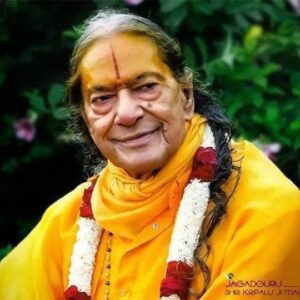
 TV Asia
TV Asia Aastha:
Aastha: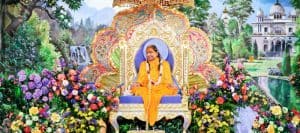
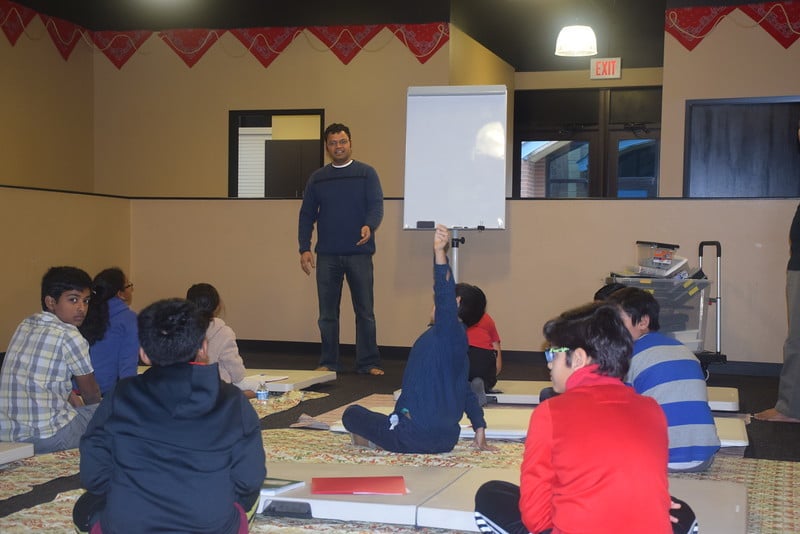


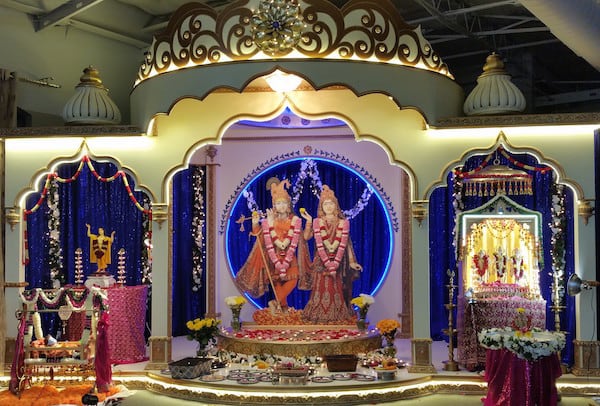
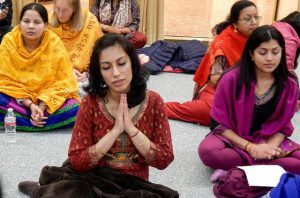 To inspire devotion to Radha Krishna by sharing the teachings of Sanatan Dharm Hindu scriptures, practicing the philosophy and practical aspects of Bhakti through Spiritual Discourses, Satsangs, Family Camps and Meditation programs
To inspire devotion to Radha Krishna by sharing the teachings of Sanatan Dharm Hindu scriptures, practicing the philosophy and practical aspects of Bhakti through Spiritual Discourses, Satsangs, Family Camps and Meditation programs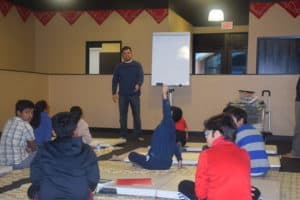 To provide youth, living in the western culture, a deep immersion into Indian tradition, culture and give them skills that can help children excel at school and in life
To provide youth, living in the western culture, a deep immersion into Indian tradition, culture and give them skills that can help children excel at school and in life

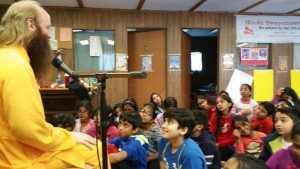 To Teach The True Knowledge of Hindu Vedic Scriptures and to ensure authentic teachings of Hindu religion are available for future generations in a simplified, practical way that is combined with logical scientific explanations as to how we can make them relevant to modern living.
To Teach The True Knowledge of Hindu Vedic Scriptures and to ensure authentic teachings of Hindu religion are available for future generations in a simplified, practical way that is combined with logical scientific explanations as to how we can make them relevant to modern living.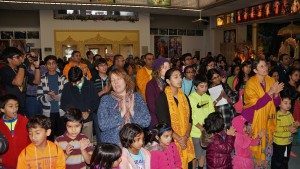 To Teach The Practical Form Of Devotion
To Teach The Practical Form Of Devotion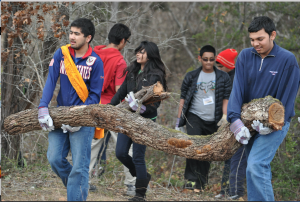 To Help Souls In Need through support of Humanitarian and Charitable Projects. This way we can not only improve the material welfare of society but elevate our own self through the act of giving and thereby accelerating our own spiritual progress.
To Help Souls In Need through support of Humanitarian and Charitable Projects. This way we can not only improve the material welfare of society but elevate our own self through the act of giving and thereby accelerating our own spiritual progress.